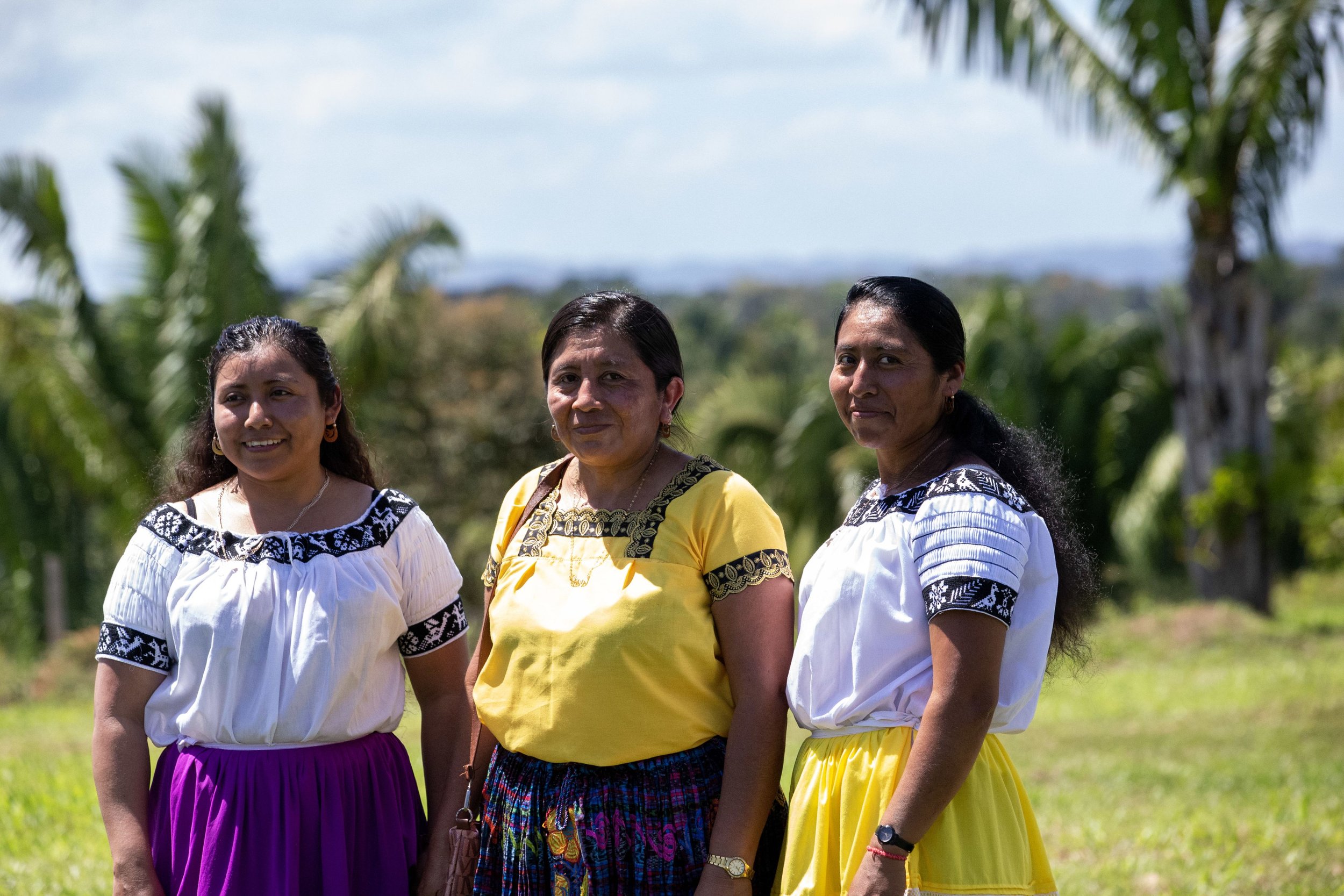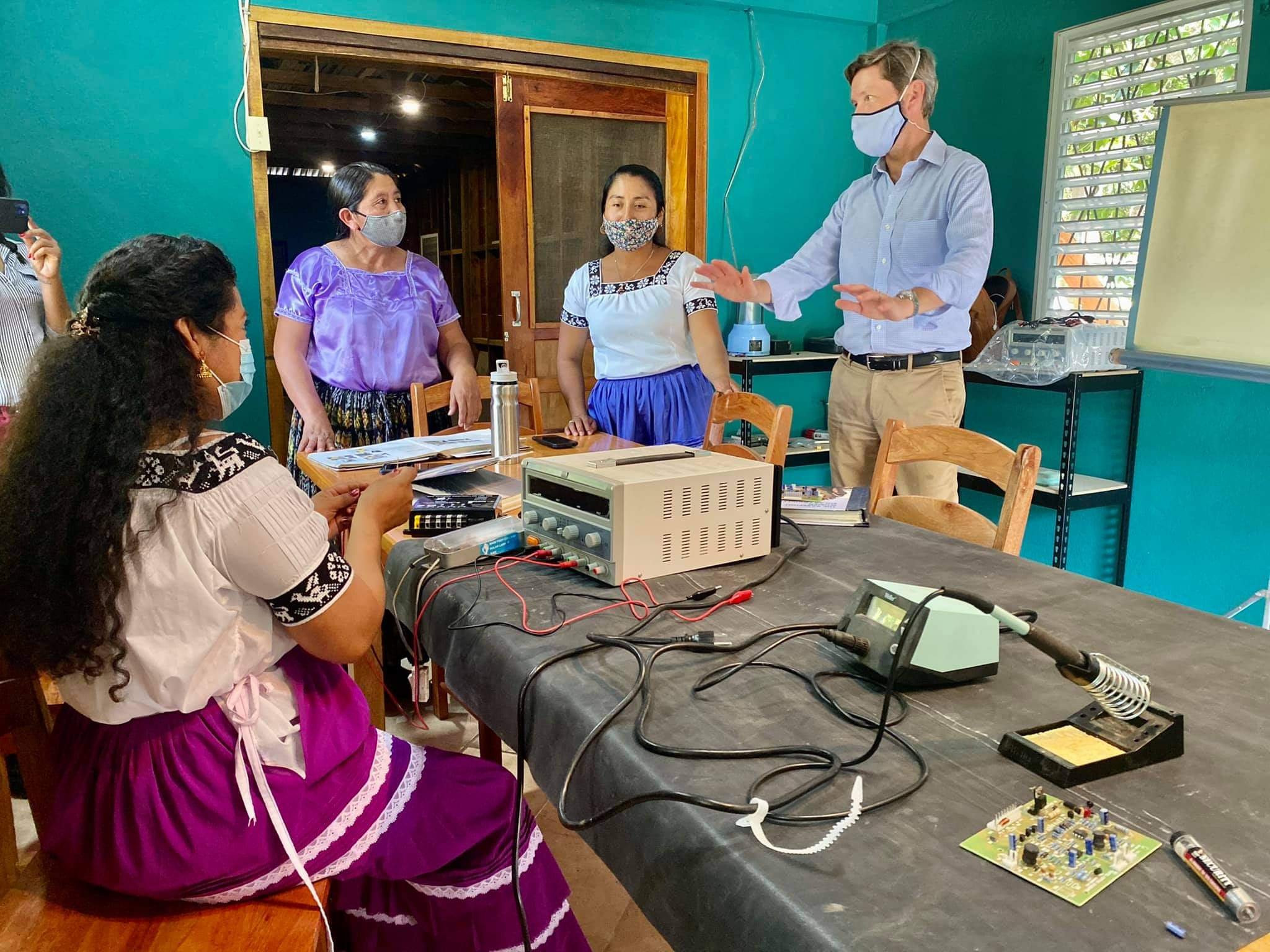
Indigenous Solar Engineers in Belize
Illuminating rural villages and bringing substantial health advantages removing gas generators
Big impacts with small finances.
Beginning with only a $50,000 grant from the Global Environment Facility (GEF) Small Grants Programme (SGP), Miriam and Christine Choco, alongside Florentina Choco, volunteered to spend six months attending Barefoot College in India to learn how to install and repair photovoltaic solar panels. Upon their return, they installed small solar energy systems in every home in their village, Santa Theresa, another rural village, and are looking to expand their project based on the immense impact it has had on these communities.
Solar power, one village at a time.
Three Maya women from the Toledo district of Belize have traveled to the Barefoot College in India to become trained in solar energy technology and will begin the work themselves to light up those remote communities.

“Here in Belize it's very, extremely hot and we can see the climate change. And hence the reason we are talking about solar. We want people to move toward solar so we can help the Earth.”
— Miriam Choco
Overview
In the Toledo District of Belize, remote villages lacked access to the national electrical grid due to prohibitive costs. A transformative project initiated in 2014, with collaboration between the United Nations Development Programme, the Ministry of Rural Development, and Plenty Belize, aimed to electrify these communities through renewable energy. Miriam and Christine Choco, volunteers from the district, became pioneering solar engineers after attending Barefoot College in India. Their expertise in photovoltaic solar panels has brought light to every home in their village, Santa Theresa, marking a significant step towards Belize's goal of 100% renewable energy by 2030.
Implementation
The project was kickstarted with $50,000 from the Global Environment Facility, with additional funding and equipment provided for each village. Despite challenges such as transportation logistics and initial skepticism towards female engineers, the project achieved remarkable successes. The initiative not only empowered women in the workforce but also promoted education by extending study hours into the evening and ignited interest in more rural communities to adopt solar energy.
Impact and Expansion
The success of Miriam and Christine's work led to an expansion of the project to additional villages, driven by community demand. The project emphasized community ownership, with a solar energy board established in each village to manage and maintain the solar systems. This grassroots approach ensured that the project's design remained dynamic and responsive to community needs, prioritizing the health and well-being of vulnerable populations.
Key Takeaways
This case study underscores the importance of championing community members to lead clean energy initiatives, the value of partnerships with educational institutions like Barefoot College, and the critical role of funding in sustaining successful projects. It showcases how community-driven renewable energy projects can address health hazards, empower underrepresented groups, and contribute to global sustainability goals, making a compelling case for similar initiatives worldwide.
